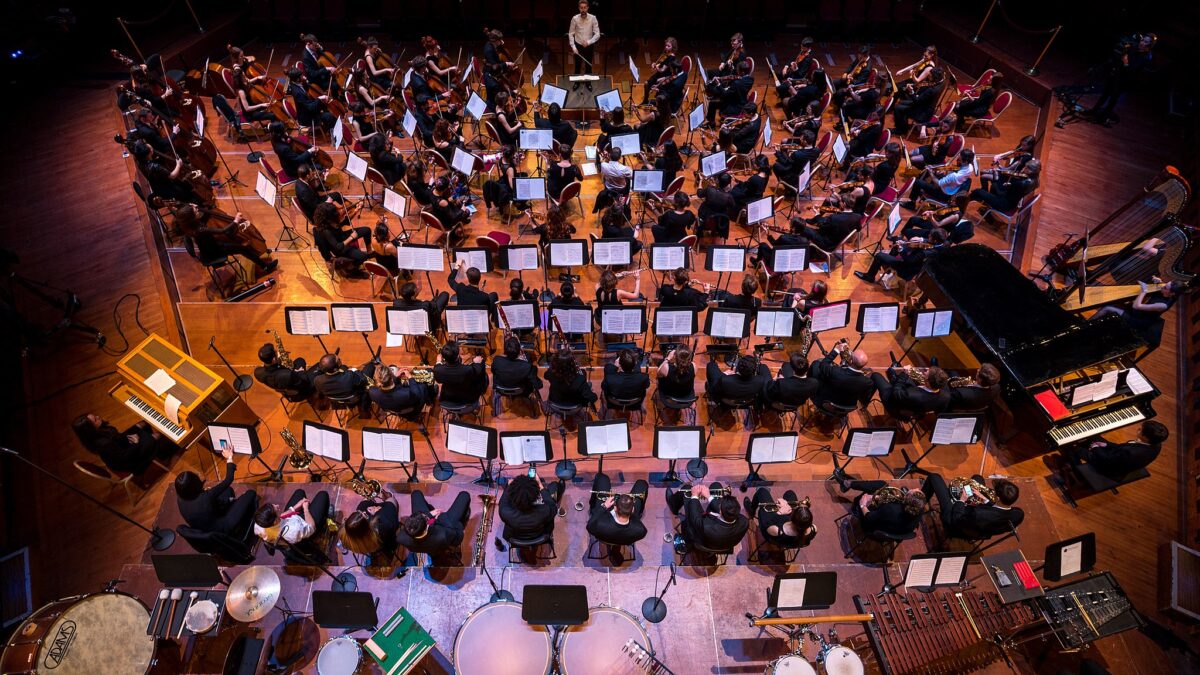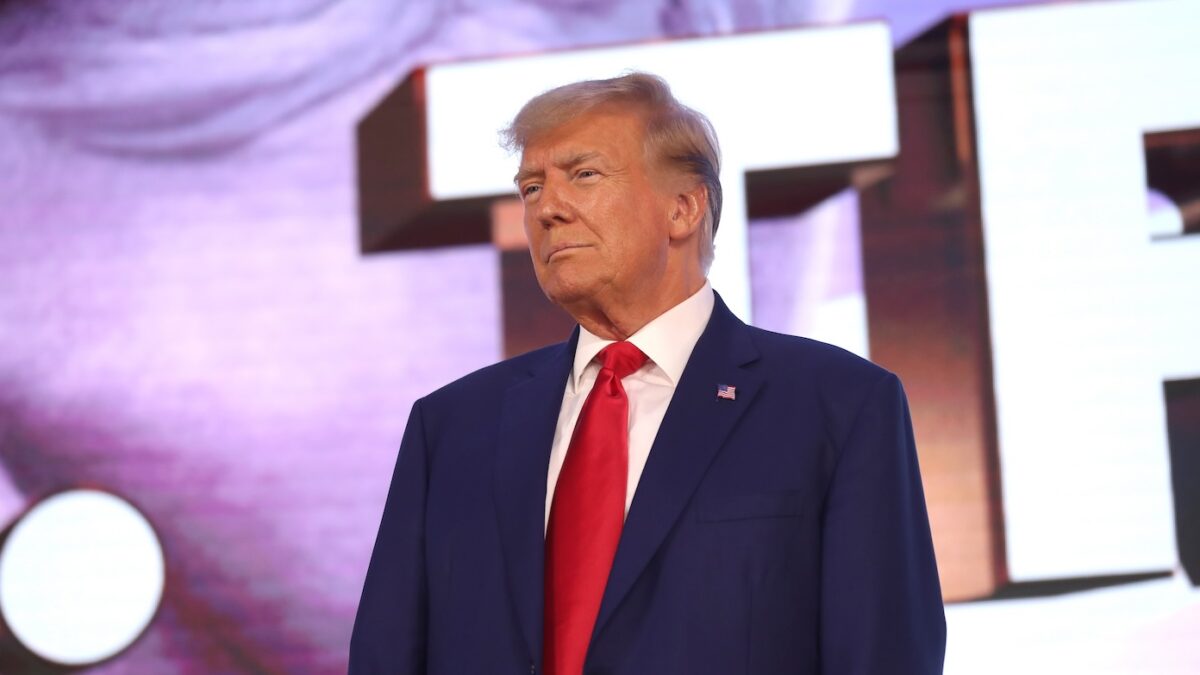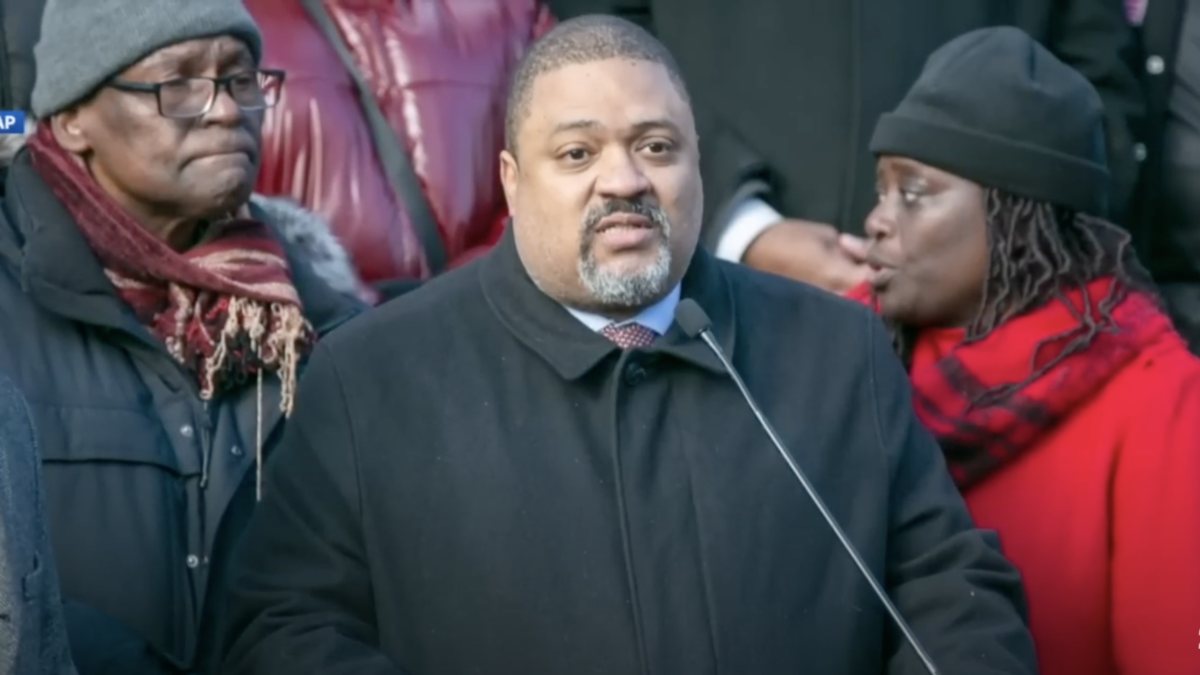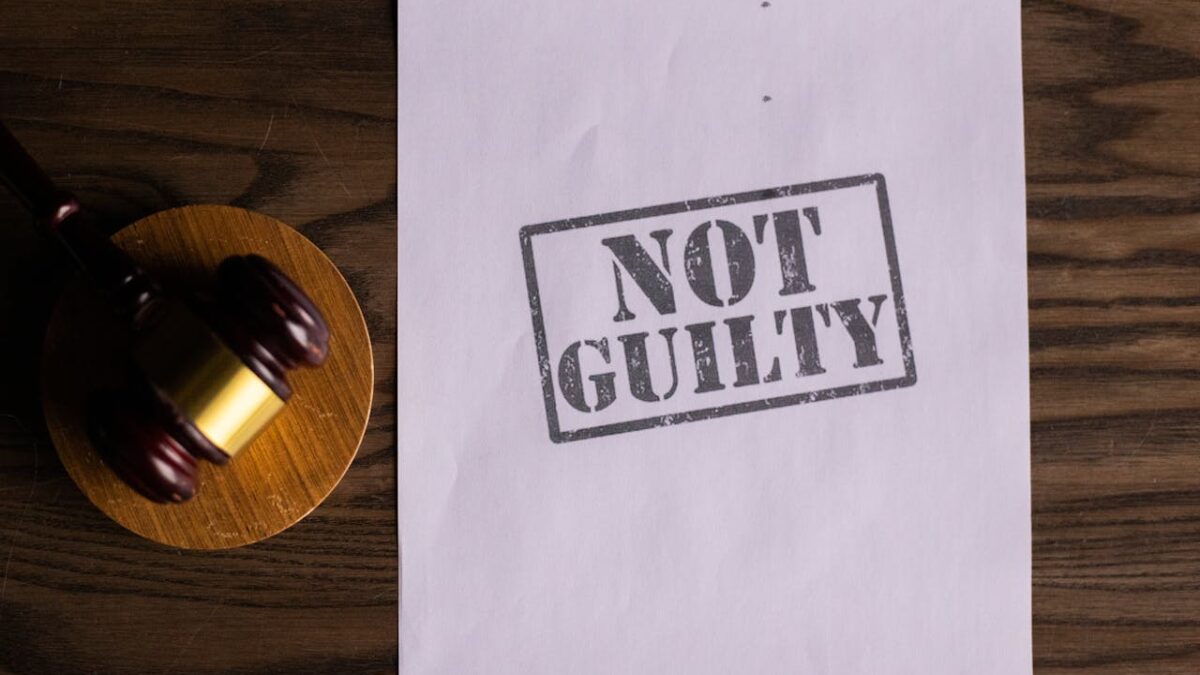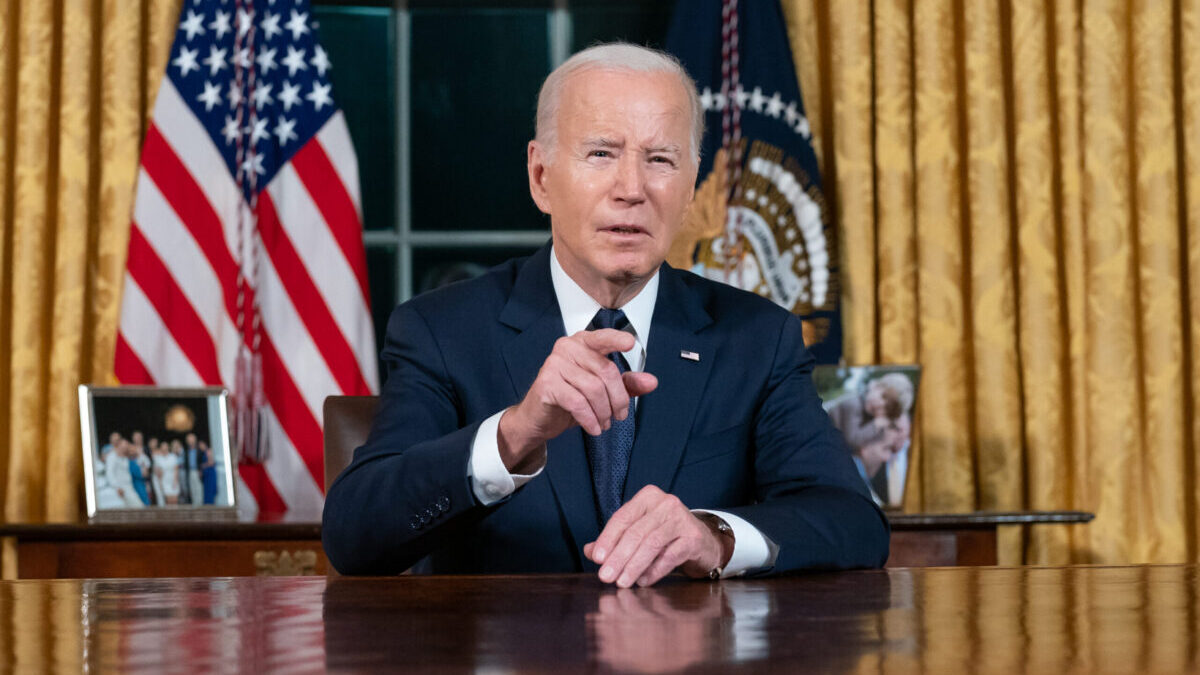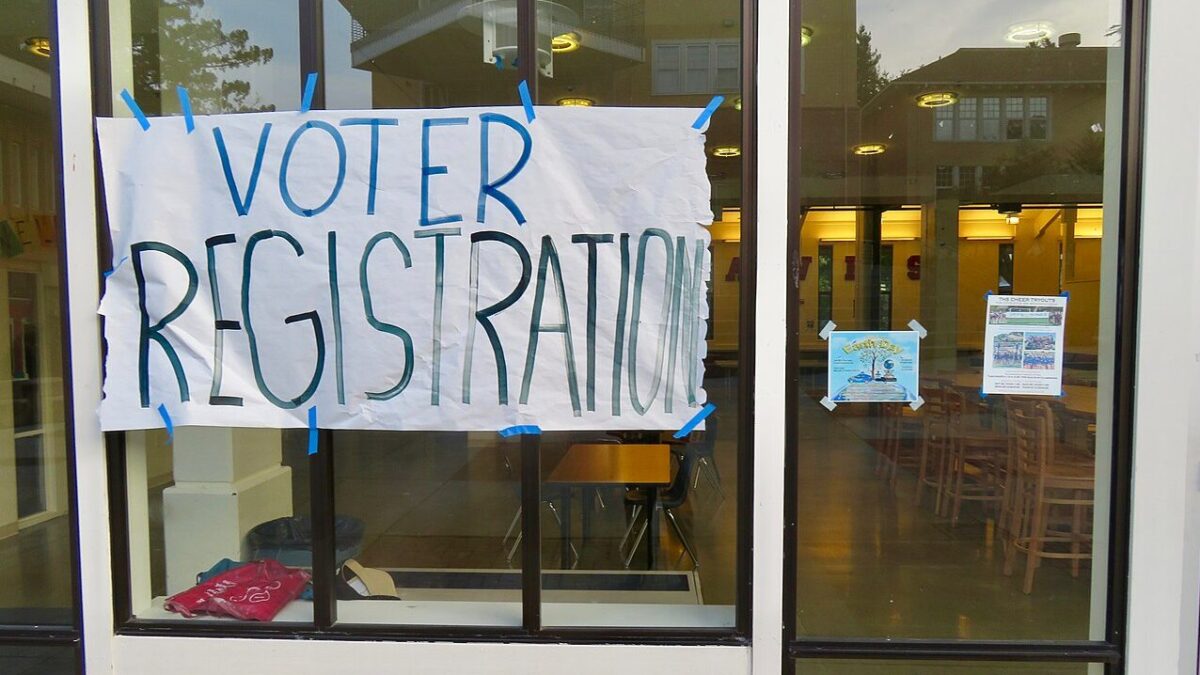Instead of plying his trade as a musician during the height of the Covid pandemic, Glen Wilkofsky’s union dues were paying for political activism he did not support.
As the principal timpanist for the Allentown Symphony Orchestra, Wilkofsky was not keen on vaccination mandates that created additional hurdles for him and his colleagues to resume their normal schedule. But the union leaders he supported financially embraced government restrictions and health-care directives enthusiastically.
The orchestra usually played several concerts annually throughout the Lehigh Valley in Pennsylvania but only played two in 2020 under government-imposed lockdowns. During this time, orchestra members did not draw a salary, but the American Federation of Musicians Local 45, an affiliate of an international union representing Canadians and Americans, still expected them to pay dues.
“Before Covid, my contact with the union had been peripheral at best,” Wilkofsky said in an interview. “My union membership was forced on me as a condition of my employment. But I have found that the union is very politically active and does not really represent my interests. In fact, I would say the union is really a left-leaning political action committee that masquerades as an advocate for musicians. They support one political party nearly 100 percent of the time, and it looks to me like they spend zero percent of their time representing musicians.”
The PAC for the American Federation of Musicians donated 100 percent of its contributions to Democrats in the 2019-2020 election cycle, according to campaign finance data.
Isabel Blank, senior communications director with Americans for Fair Treatment, said, “The fact that the American Federation of Musicians could receive all the benefits of collective bargaining with a public employer while being shielded from having to uphold the constitutional rights of the members of its bargaining unit is a failure.”
Americans for Fair Treatment is a nonprofit that advocates for restoring the First Amendment in the public sector. The group also keeps tabs on how government unions spend member dues on politics compared to representational activities.
In May 2021, Wilkofsky received an email from a union shop steward who demanded that he pay dues she claimed were owed from the beginning of the year.
“She began by misspelling my name and didn’t even bother to ask how I or my wife were doing during Covid,” Wilkofsky said. “There was nothing in the message pertaining to our health or well-being or anything you might expect from your union representatives during this challenging time. The letter was quite threatening, and it was a real tip-of-the-spear moment for me that reinforced the way I had felt for a long time. I was looking for an affirmative way to engage with the union and secure my rights.”
In June 2018, the U.S. Supreme Court ruled in Janus v. AFSCME that union mandates for public employees violate their First Amendment rights. The ruling most directly affected the 22 states, including Pennsylvania, that required government workers to either join a union or pay union fees. The remaining states with “right-to-work” laws already outlawed forced unionization, at least in the private sector. But thanks to Janus, all public employees now have the “right-to-work” without paying union dues or fees.
Only by enforcing the precedent set by Janus can Pennsylvania ensure that musicians and other artists have the right to either join or not join a union that represents government workers.
But is the Allentown Symphony a public employer, and is the musicians’ union a public entity to the extent they each engage in collective bargaining on behalf of public employees? Those are the questions that cut to the heart of the case Wilkofsky has brought before the U.S. Court of Appeals for the Third Circuit.
Local 45 suspended his membership shortly after he received the May 2021 correspondence, and the union expelled him months later. The symphony indicated that it might terminate his employment, but his legal arguments could affect any number of unionized arts outfits, such as museums and other musical groups that receive public funding.
The Fairness Center, a national nonprofit public interest law firm headquartered in Harrisburg, filed suit on Wilkofsky’s behalf in April 2022, naming the symphony and union as defendants. The musician’s attorneys argued that the defendants violated his constitutional rights under the First and 14th Amendments by compelling him to pay dues. They also cited Janus.
U.S. District Judge Joseph F. Leeson Jr. acknowledged in his decision last August that Pennsylvania law recognizes the symphony as a public employer within the framework of collective bargaining. But even so, he concluded the symphony could not be viewed as a state actor.
“The fact that the state simply permitted the Defendants to enter into the CBA [collective bargaining agreement] does not mean they acted under color of state law,” the judge concluded. “The Defendants do not perform a function that is delegated by the state, nor are they entwined with government policies or management,” he added.
But Danielle Acker Susanj, an attorney for the Fairness Center, sees “a straightforward error” at work at the district court level that Wilkofsky is seeking to reverse on appeal. In contrast to some other states, she explained, Pennsylvania has a very “broad definition” of who qualifies as a public employer under the state’s Public Employee Relations Act (PERA).
Although the Allentown Symphony and the Federation of Musicians were established as private organizations, she told me they operate in a public capacity when engaging in collective bargaining under state law. It is this activity that brings the Janus ruling into play.
“When Pennsylvania passed a law saying whoever collectively bargains for a public employee is a public employer, the state meant what it said,” Acker Susanj observed. “When the symphony chose to bargain as a public employer, they accepted the duties that come along with this privilege. One of those duties is protecting public employees’ constitutional rights.”
That the defendants can be seen as traditionally private entities is irrelevant to Wilkofsky’s litigation, Acker Susanj said, since the case is focused on what occurs during collective bargaining.
“The issue is the provision of the union’s collective bargaining that requires Glen and others to be union members or to be fired, and in fact, the symphony is threatening to fire him,” Acker Susanj said. “Even if the symphony is a private organization outside of this process, it does not matter in this case. They’re not really disputing the fact that they are public employers under state law, but they are saying that somehow they are not constitutionally responsible.”
The Fairness Center filed a new brief in the case this past January, dissecting the lower court ruling while further analyzing those provisions of state law that make the Janus ruling applicable.
Although the defendants have seized upon the concept of federalism as part of their effort to have the case dismissed, the Fairness Center finds that this argument works to their client’s advantage.
“Pennsylvania already has a broader array of public employees than some other states, even beyond the public employee statutory definition at issue in this appeal,” the Fairness Center brief says. “For instance, many states do not have public employees involved in the sale of alcohol. Pennsylvania does. Just because those employees would be private in another state does not prevent their being public employees in Pennsylvania.”
Acker Susanj points to New York, California, and Ohio as examples of states where the symphony may not qualify as a public employer. But in her estimation, this reality only bolsters Wilkofsky’s case, which is built around the distinct attributes of Pennsylvania’s labor statute.
“The federalism argument is squarely on our side,” she said. “Pennsylvania decided to go broad on the definition of public employers. You can think this is or isn’t a good policy experiment, but that’s not for unelected judges to decide.”
If the musicians’ union had made a concerted effort to represent the interests of their members during the pandemic, Wilkofsky might have been willing to pay the dues.
“There certainly were rights that could have been represented during the pandemic, like the right to not be vaccinated against one’s will with an experimental vaccine,” he said. “But the union just threw in with the government position.”
Rebecca Friedrichs, a former public school teacher in California, understands how that works. Her free speech lawsuit against the teachers’ unions morphed into the Janus case.
“The teachers’ union in California kept saying they were representing me as a professional teacher when they weren’t,” Friedrichs said. “In fact, they weren’t helping me at all. This seems to be the same situation here. The union says they are representing the musicians and trying to give them a better experience on the job when they are just spending their money on politics.”
Acker Susanj hopes that this case will prevail in the lower appeals court.
“Since the Supreme Court said in Janus that anyone who is employed by a state actor or entity has constitutional rights, it certainly would create some confusion if the 3rd Circuit were to rule differently,” she said. “Petitioning the Supreme Court is something we’d have to assess.”
